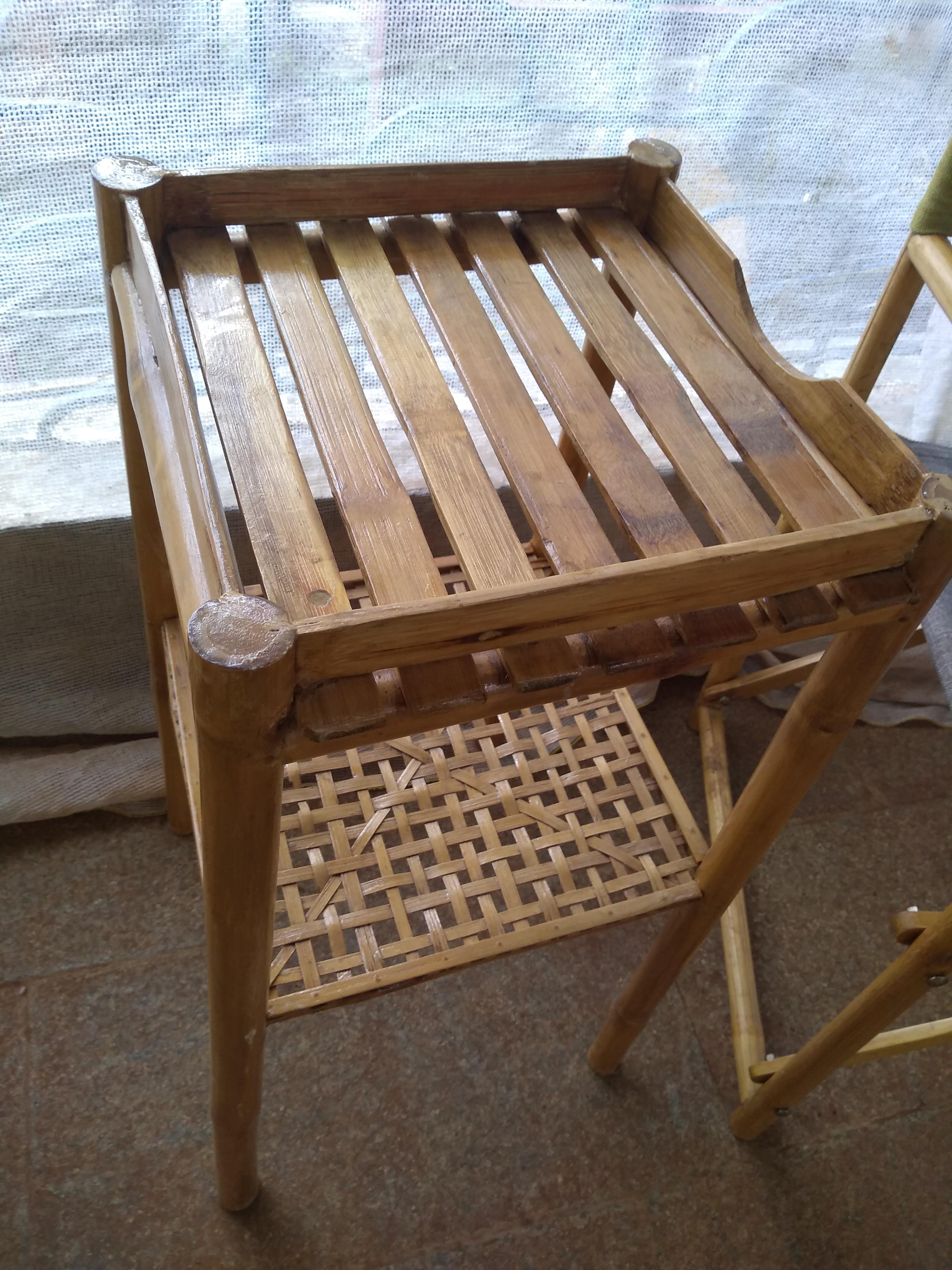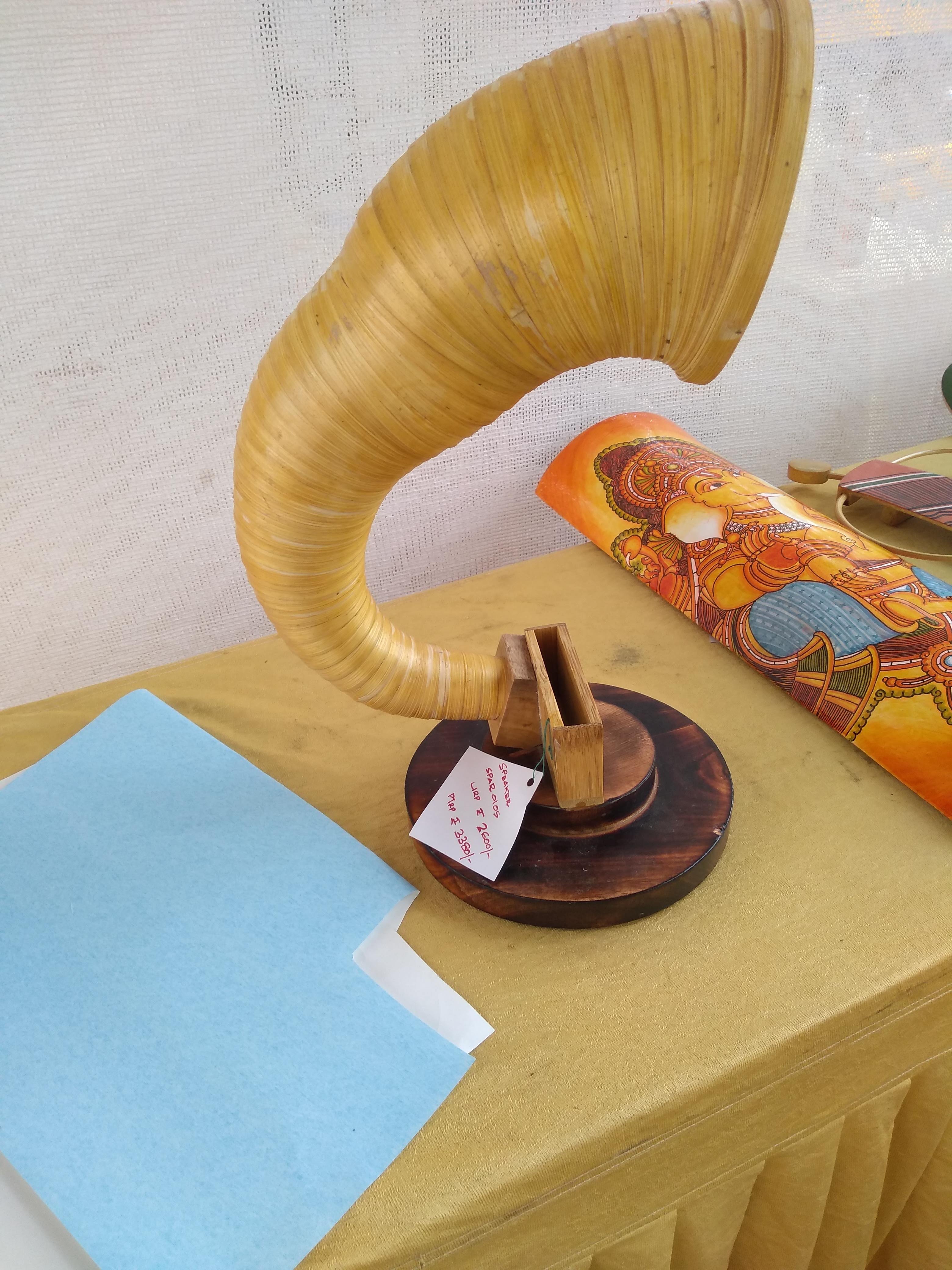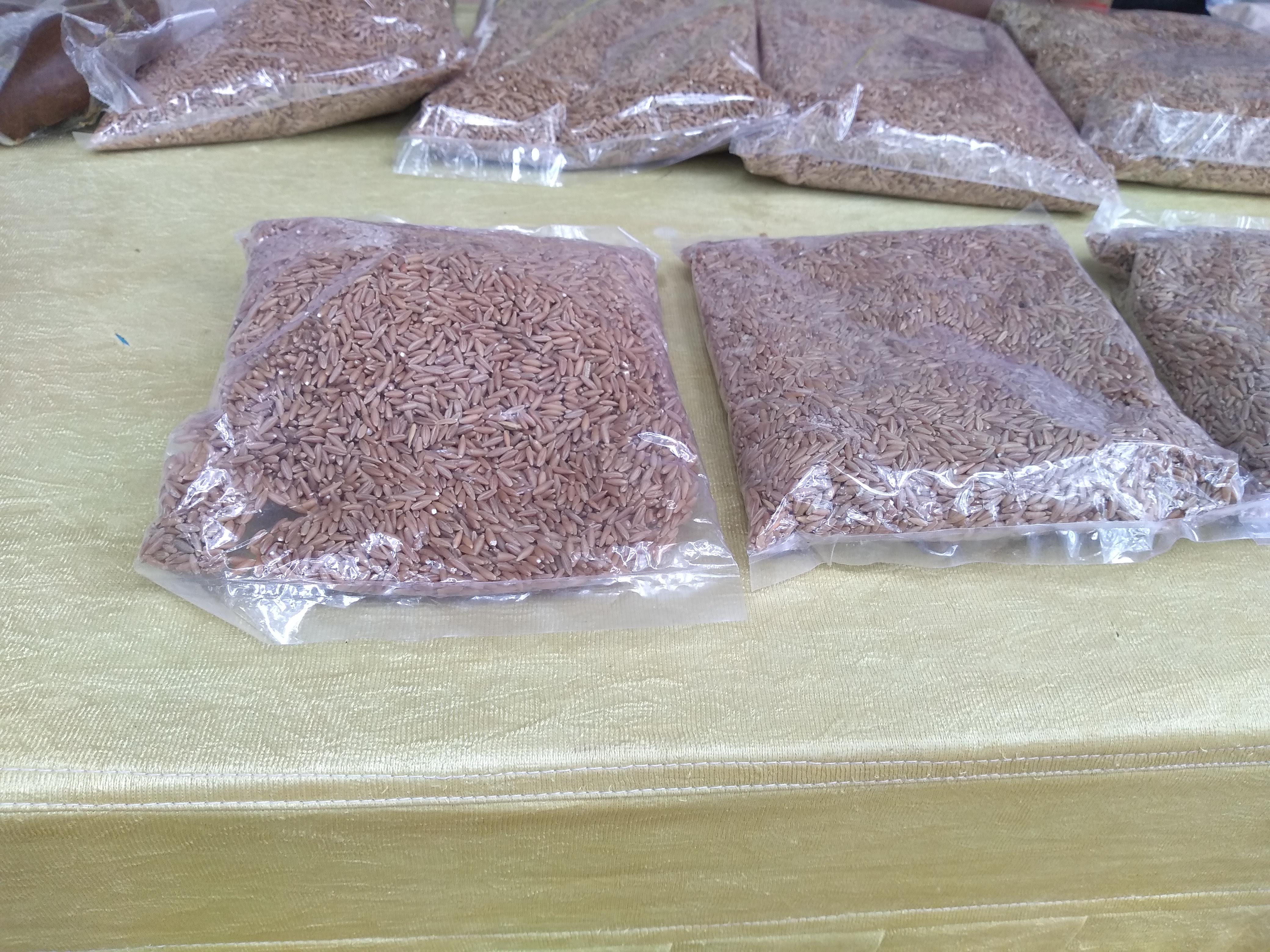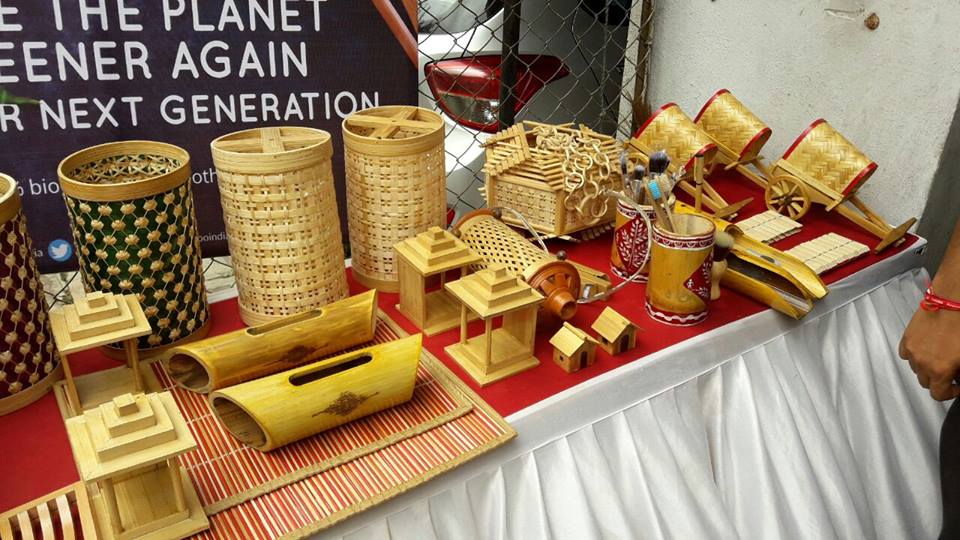There is a haunting song of bamboo in the folk song of Kannada. It goes something like this. ‘Bidirama tai kele, neenyari galadavale’. The gist of the song is:
“Mother Bamboo… You touch the lives of everyone. You grow as a grass, yet as bamboo you touch the skies. You become a cradle when a child is born, his toy horse when he becomes older. You become the pillars of his wedding hall when he gets married and become a ladder when he wants to climb. When he becomes older you support him through a walking stick and when he dies you don’t ditch him. You carry him to his grave.”
The song depicts how bamboo is intimately connected to our villages – from getting involved in all significant aspects of man’s life and then some; a storage granary, a roof, a basket, an oar, a flute and so on….. There are more than 1500 uses of bamboo. An article in the Guardian titled ‘Bamboo species at the risk of extinction’ mentions that there are around 2.5 billion people depending on bamboo for food, for construction, trade etc.
Yet today it has a negative connotation with bamboo being relegated as poor man’s timber.
Bamboo and its uses
Bamboo belongs to the grass family – Poaceae. It is one of the fastest growing plant, which can survive in most adverse climatic and soil conditions. Some species of bamboo can grow to 39 inches in just 24 hours. Bamboo grove is said to release 35 percent more oxygen than any other group trees. What’s more, it absorbs four times as much as carbon.
As bamboo has a root system that is fibrous it acts as a good soil binder.
Many animals depend on it for survival. Apart from the giant pandas, red pandas, bats, lemurs, mountain gorilla etc., depend on the bamboo. Asian elephants take shelter in bamboo forests.
Bamboo has also been used as herbal medicine. It is considered as an aphrodisiac.
Compared to steel, bamboo has higher strength density ratio. It can be used efficiently in construction industry as flooring, bamboo plywood panels and boards etc. Bamboo fibers are stronger than steel and is a safer material to be used in earthquake zones. Industrial bamboo can ease the pressure on forests.
And bamboo industry is one of the traditional cottage industry in our country. It can create a wealth of opportunities for tribal people.
The bamboo market
Bamboo grows in almost all the states of India. India happens to be the second largest nation growing bamboo after China. Around 125 indigenous and 11 exotic species of bamboo are found in the country. More than half of bamboo cultivation in the country happens in the Northeast- Arunachal Pradesh, Assam, Meghalaya etc. Despite all this, India’s contribution to the global market happens to be a mere 4.5 percent.

One of the chief reasons for this was the old Indian Forest Act of 1927 that classified bamboo as tree and felled bamboo as timber. Therefore bamboo had to face restrictions for its cutting and transportation. Though the Forest Rights Act of 2006 did away with this grouping of bamboo classifying it as non-timber, it gives the right of ownership of bamboo to tribals. So artisans and groups involved in manufacturing of bamboo products face restrictions. All these factors have gone against the development of bamboo industry in India.
Formation of Bamboo Society of India
However things are slowly changing. Seeing the potential of bamboo the Bamboo Society of India was formed in 1989. It started out with 15 members and today it has around 1050 members. Apart from promoting bamboo and its products, it has taken up several activities- organising workshops and conferences to create awareness, training programmes for farmers to market bamboo, sponsors research and scientific study on bamboo and undertakes bamboo development projects. It has seven recognised state chapters in Andhra Pradesh, Telangana, New Delhi, Maharashtra, Madhya Pradesh, Kerala, Karnataka, and Tripura. Through these chapters they are trying to realise these objectives.
This year on ‘World Bamboo Day’ a fest was organised by Bamboo Society of India-Karnataka Charter along with Department of Horticulture, Government of Karnataka at Lalbagh-Bangalore. The Thai Royal Forestry Department started the Bamboo World Day in 2009, and it has been continuously celebrated by the Bamboo Society of India here.The fest tried to create awareness about bamboo and its uses.
There were various products made from bamboo on display-baskets, furniture, jewelry etc. But two to three things were of special interest.
Bamboo dress
There was a bamboo fashion show at the event. And that’s when I realised that even clothes could be made from bamboo!. Bamboo pulp is used to create fibre for the fabric. The yarn made from bamboo fibres is either used on its own or mixed with other fibres to make cloth. Clothes made from bamboo fibre are environment friendly as it decomposes in soil. Plus, as the fibres don’t undergo any form of chemical treatment they are easy on the skin, breathable and also have antibacterial and anti-fungal properties. From sarees to tops and tunics to sweaters, bamboo can be seen in all avatars.
Musical instruments
There were various types of musical instruments made of bamboo at the event – flute, drums, mariamba to mention a few. A Kerala band versatile in playing these instruments performed a lovely number at the event.

Bamboo rice
At one of the displays a stall of ‘Kudingila Grameena Naturals’ was selling bamboo rice or what is known as Rajan rice. This rice astonishingly takes around 60 years to form. Every 60 years, the bamboo blossoms and the flowers produce this rice. Though expensive there were a msny buyers, as the rice is considered to have medicinal value and is touted as effective for diabetes, joint pain, lowering cholesterol etc. it is also said to improve the immunity levels. Today, you can buy bamboo rice online.

Engineered bamboo lumber
Traditionally, bamboo has been used in the construction industry. Its popularity lies in the fact that it is low cost, and widely available. It was however limited in use due to the fact that it had a hollow core. To overcome this, engineered bamboo lumber can be used. The lumber is developed using crushed bamboo and phenol formaldehyde resin in a definite ratio of 1:1.8. The process of making engineered lumber to increase durability is a long one. It involves hydrothermal preservative treatment, resin application, drying, hot press etc. This lumber can be very easily used in making doors, windows, columns, tiles etc. Laminated bamboo boards are good substitutes for wood. Bamboo wood is comparable to teak. And can be used as flooring tiles, furniture etc.
From bamboo brushes, to bamboo furniture, we are spoiled for choice when it comes to choosing bamboo. And going for these biodegradable products is one way to reduce our contribution towards landfills. Bamboo is also a source of good luck. And we sure could do with a bit of luck in our lives, don’t you think? So opt for eco-friendly bamboo this year and go green.


 [/column]
[/column]